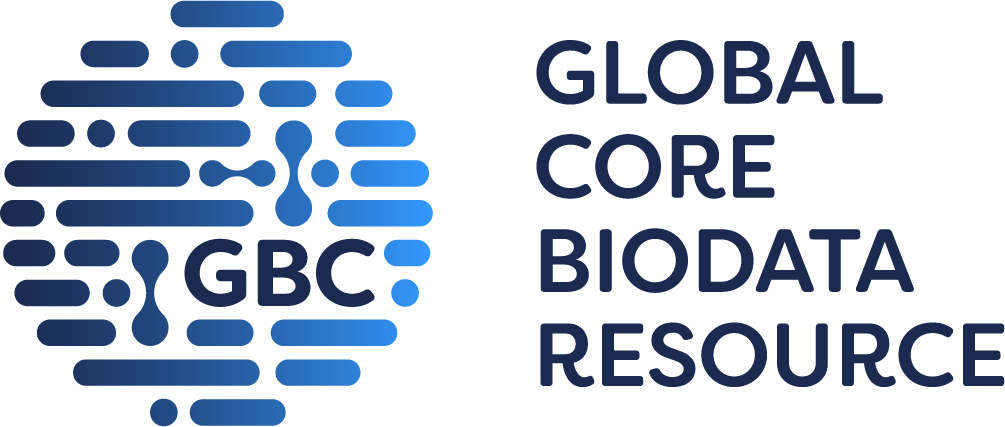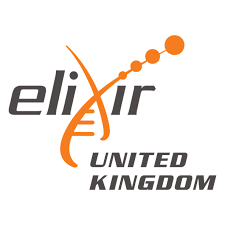
pyrotinib [Ligand Id: 9662] activity data from GtoPdb and ChEMBL
Click here for a description of the charts and data table
Please tell us if you are using this feature and what you think!
| ChEMBL ligand: CHEMBL3647420 (Pyrotinib, SHR-1258) |
|---|
There should be some charts here, you may need to enable JavaScript!
|
There should be some charts here, you may need to enable JavaScript!
|
There should be some charts here, you may need to enable JavaScript!
|
| DB | Assay description | Assay Type | Standard value | Standard parameter | Original value | Original units | Original parameter | Reference |
|---|---|---|---|---|---|---|---|---|
| epidermal growth factor receptor/Epidermal growth factor receptor erbB1 in Human (target type: SINGLE PROTEIN) [ChEMBL: CHEMBL203] [GtoPdb: 1797] [UniProtKB: P00533] | ||||||||
| ChEMBL | Cell Proliferation Inhibition Assay: The following in vitro assay is to determine the activity of the tested compounds for inhibiting the proliferation of cancer cells, which has high expression of EGFR. The activity is represented by the IC50 value. The general procedures of the assay are given as follows: The cancer cells A431 that highly expressing EGFR (Institute of biochemistry and cell biology) were chosen and seeded to 96-well cell culture plate at a suitable concentration (e.g., 5000 cells/mL medium). The cells then were incubated in carbon dioxide (CO2) incubator until they reached 85% confluency. Then, the cell culture medium was replaced by fresh one with tested compounds added in it at serial concentrations (general 6 to 7 concentrations). Then the cells were put back to the incubator and cultured continuously. 72 hours later, the activity of the tested compounds for inhibiting the cell proliferation was determined by using Sulforhodamine B (SRB) method. | B | 7.35 | pIC50 | 45 | nM | IC50 | US-9358227-B2. Pharmaceutical uses of 6-amino quinazoline or 3-cyano quinoline derivatives (2016) |
| ChEMBL | Time-Resolved Fluorescence Assay: The following assay may be used to determine the activity of the compounds of the invention for inhibiting EGFR kinase activity. The half maximal inhibitory concentration IC50 (the concentration of the tested compound showing 50% inhibition of the enzyme activity) of each compound was determined by incubating several different concentrations of the tested compounds with a specific enzyme and substrate. EGFR kinase used in this assay is a human-derived recombinant protein (Cell signaling technology, #7908), which was reacted with peptide substrate and different concentrations of tested compounds in a buffer solution containing 60 mM HEPES (pH7.5), 5 mM MgCl2, 5 mM MnCl2, 3 μM Na3VO4, 1.25 M DTT (1000×) and 20 μM ATP at 25° C., for 45 minutes. The EGFR kinase activity was determined by using a Time-Resolved fluorescence method. | B | 7.89 | pIC50 | 13 | nM | IC50 | US-9358227-B2. Pharmaceutical uses of 6-amino quinazoline or 3-cyano quinoline derivatives (2016) |
| GtoPdb | - | - | 7.89 | pIC50 | 13 | nM | IC50 | Eur J Pharm Sci (2017) 110: 51-61 [PMID:28115222] |
| ChEMBL | Inhibition of wild type human N-terminal GST tagged EGFR (669 to 1210 residues) expressed in Sf21 insect cells incubated for 30 mins in presence of ATP by HTRF analysis | B | 9.01 | pIC50 | 0.98 | nM | IC50 | J Med Chem (2022) 65: 5334-5354 [PMID:35319895] |
| ChEMBL | Inhibition of EGFR (unknown origin) | B | 9.32 | pIC50 | 0.48 | nM | IC50 | J Med Chem (2022) 65: 5334-5354 [PMID:35319895] |
| erb-b2 receptor tyrosine kinase 2/Receptor protein-tyrosine kinase erbB-2 in Human (target type: SINGLE PROTEIN) [ChEMBL: CHEMBL1824] [GtoPdb: 2019] [UniProtKB: P04626] | ||||||||
| ChEMBL | Inhibition of HER2 D769Y mutant (unknown origin) incubated for 120 mins in presence of 33P-ATP by P81 ion exchange cellulose chromatography | B | 7.24 | pIC50 | 57.36 | nM | IC50 | J Med Chem (2022) 65: 5334-5354 [PMID:35319895] |
| GtoPdb | - | - | 7.42 | pIC50 | 38 | nM | IC50 | Eur J Pharm Sci (2017) 110: 51-61 [PMID:28115222] |
| ChEMBL | Inhibition of wild type human GST-tagged HER2 (676 to end residues) expressed in baculovirus infected Sf9 cells incubated for 30 mins in presence of ATP by HTRF analysis | B | 8.04 | pIC50 | 9.07 | nM | IC50 | J Med Chem (2022) 65: 5334-5354 [PMID:35319895] |
| ChEMBL | Inhibition of HER2 D769H mutant (unknown origin) incubated for 120 mins in presence of 33P-ATP by P81 ion exchange cellulose chromatography | B | 8.18 | pIC50 | 6.65 | nM | IC50 | J Med Chem (2022) 65: 5334-5354 [PMID:35319895] |
| ChEMBL | Inhibition of HER2 (unknown origin) | B | 8.35 | pIC50 | 4.43 | nM | IC50 | J Med Chem (2022) 65: 5334-5354 [PMID:35319895] |
| ChEMBL | Inhibition of HER2 V777L mutant (unknown origin) incubated for 120 mins in presence of 33P-ATP by P81 ion exchange cellulose chromatography | B | 8.41 | pIC50 | 3.91 | nM | IC50 | J Med Chem (2022) 65: 5334-5354 [PMID:35319895] |
| ChEMBL | Inhibition of HER2 R896C mutant (unknown origin) incubated for 120 mins in presence of 33P-ATP by P81 ion exchange cellulose chromatography | B | 8.62 | pIC50 | 2.4 | nM | IC50 | J Med Chem (2022) 65: 5334-5354 [PMID:35319895] |
| Bruton tyrosine kinase/Tyrosine-protein kinase BTK in Human (target type: SINGLE PROTEIN) [ChEMBL: CHEMBL5251] [GtoPdb: 1948] [UniProtKB: Q06187] | ||||||||
| ChEMBL | Inhibition of BTK (unknown origin) measured by ADP-Glo assay | B | 7.5 | pIC50 | 31.7 | nM | IC50 | Eur J Med Chem (2022) 241: 114611-114611 [PMID:35939993] |
ChEMBL data shown on this page come from version 35:
Zdrazil B, Felix E, Hunter F, Manners EJ, Blackshaw J, Corbett S, de Veij M, Ioannidis H, Lopez DM, Mosquera JF, Magarinos MP, Bosc N, Arcila R, Kizilören T, Gaulton A, Bento AP, Adasme MF, Monecke P, Landrum GA, Leach AR. (2024). The ChEMBL Database in 2023: a drug discovery platform spanning multiple bioactivity data types and time periods. Nucleic Acids Res., 52(D1). DOI: 10.1093/nar/gkad1004. [EPMCID:10767899] [PMID:37933841]
Davies M, Nowotka M, Papadatos G, Dedman N, Gaulton A, Atkinson F, Bellis L, Overington JP. (2015) 'ChEMBL web services: streamlining access to drug discovery data and utilities.' Nucleic Acids Res., 43(W1). DOI: 10.1093/nar/gkv352. [EPMCID:25883136]







